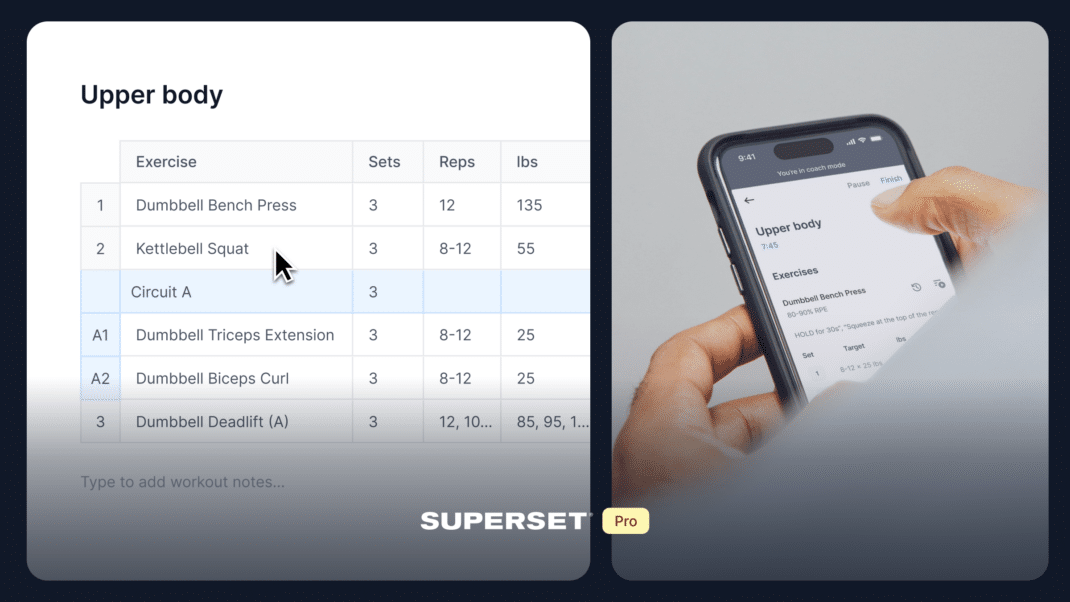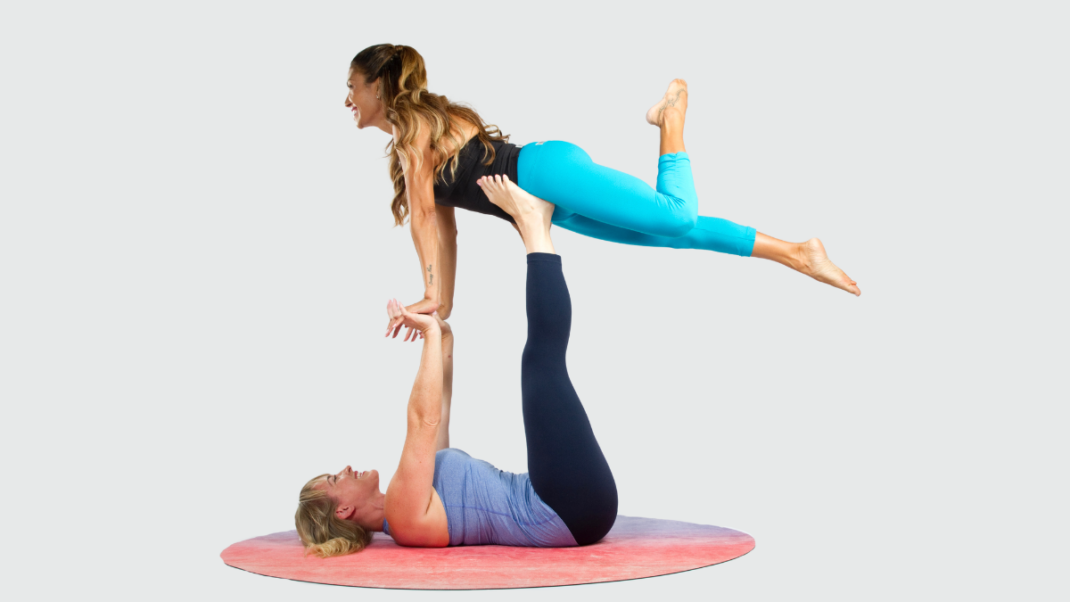“Ocean Breathing” Heals Emotional Pain
Generally speaking, the only people in the United States who are taught how to breathe on a wide scale are pregnant women. Modern medicine acknowledges that breathing techniques help to manage fear and panic, to increase focus and also to decrease physical pain in women giving birth. Think about this. Women giving birth are not the only people dealing with physical pain or emotional stress. What about all the others who are ever in pain or frightened or who need to focus amidst a chaotic situation? They’re not taught how to breathe. Why not expand the use of breath?
Why Do a Daily Breathing Practice?
In contemporary urban life, there is so much stress, so much competitiveness—and so much “frozen” energy around people’s hearts. It is in the chest that we keep our grief and our old memories, and to open the chest would mean dealing with a new personality and a new life—a massive transformation. This is what we simultaneously strive for and fear. It is as though we were stepping on the accelerator and the brake pedal at the same time.
When we do deep-breathing exercises, we access our buried emotions and they rise to the surface. Our first reaction, again, may be fear of losing control and releasing a never-ending river of tears. But if we persevere, we may discover that the experience not only doesn’t destroy us but actually liberates us from the prison of our past. We begin to feel we are releasing a great weight off our chest.
Ocean Breathing
Ocean breathing is a fundamental tool for taking off one’s armor and opening the heart center for emotional healing. In the yoga world, ocean breathing is commonly called Ujjayi breathing (pronounced oo-JAH-yee), and is the most common breath used in hatha yoga practice. I call it ocean breathing because it sounds like the ocean’s tide, and because it is more easily remembered and less likely to intimidate beginners.
Here’s how to do it:
- Stand in a comfortable spot with room to take your arms out to the sides.
- Look down at your feet and separate them by about 3 feet. Make sure your feet aim straight ahead.
- Now, as you bend your knees about 6 inches, lengthen your spine toward the ceiling. Relax the shoulder blades downward.
- Keeping your spine enlivened and your knees slightly bent, bring your hands to the heart center, and press them together gently as if in prayer.
- From here, inhale through your mouth as you move your arms straight out to the sides at shoulder height—arms open, elbows slightly bent.
- Pause.
- As you exhale, bring your arms back to the heart.
- Inhaling, open the arms again.
- Bring your hands back to prayer position, exhaling audibly through your mouth, as if you were fogging a mirror with your warm breath.
Repeat the same movements with your arms as you breathe this way, making the “fogging the mirror” sound on both the inhalation and the exhalation. Keep your mouth open continuously; do not purse your lips together. Remember to broaden the chest and breathe into the sides of your ribs. Continue for 5 minutes. (You can use a timer to keep track.) You may experience an emotional feeling or even some tears after practicing this breath. If that happens, simply receive it as a healing experience, as this is caused by the release of suppressed grief that you may have been holding onto for years. Afterwards, you’ll feel refreshed and peaceful.
Safety. If you become dizzy, stop the exercise and bend over, lowering your head below your heart; the flush of blood to the head prevents fainting. Then lie down until you feel ready to stand again.
Teaching Ocean Breathing
I teach ocean breathing with the inhalation and exhalation both through the open mouth, with lips apart, relaxed and never pursed. It is significantly more efficient to teach it this way. People become very confused trying to understand how to make the ocean sound with the mouth closed, whereas everyone has already produced the sound by fogging a mirror or their sunglasses to clean them.
For suggestions on incorporating ocean breathing into classes and more insights into living an authentic life, please see “A Life With Meaning” in the online IDEA Library or in the July 2013 issue of IDEA Fitness Journal.
With thanks to the publisher of Max Strom’s two books, A Life Worth Breathing (Skyhorse 2010) and There Is No APP for Happiness (Skyhorse 2013).
Max Strom
Author of A Life Worth Breathing, Max Strom teaches his method of personal transformation worldwide and is known for inspiring and impacting the lives of his students. His methods address the internal, emotional, and spiritual aspects of our life, as well as physical healing and vitality. He has taught tens of thousands of students, and trained several hundred teachers. Among his 2011 and 2012 speaking appearances were two TEDx events, and a keynote speech on ethics in business at the Lu Lu Lemon's 2011 management conference. You can see more of Max Strom's work on his DVDs, Learn to Breathe, to heal yourself and your relationships, and, Max Strom Yoga ÔÇô Strength, Grace, and Healing.





